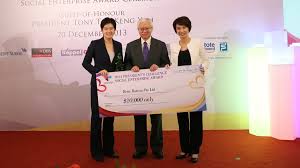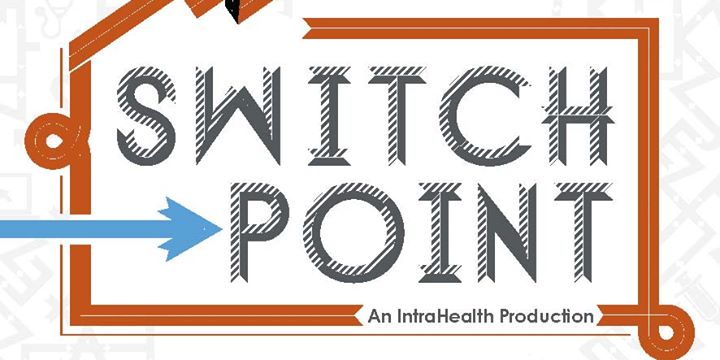Government Grants
Business Grants
Home Owner Programs
Federal Programs
About Us
USAID/KEA/ENV 1.1 Results Framework
The following information is being released for the purpose of public information and awareness of a USAID Kenya/East Africa recently developed five year USAID East Africa Regional Environment Project (2017 -2021).
Comments/feedback on the results framework is welcome, however USAID will not be providing any kind of public response to the questions/comments provided.
The project has been designed on the basis of analysis conducted which identified two primary threats to East Africa’s natural capital:
a) The rapid pace of habitat degradation and loss of wildlife migratory corridors as a result of anthropogenic activities (such as land conversion into agricultural use, encroachment, infrastructure development, and unsustainable resource extraction); and b) Increasingly sophisticated illegal poaching and wildlife trafficking networks that are linked to global demand for African wildlife products.
This project acknowledges that healthy ecosystems are essential not only for sustaining wildlife, but also for human well-being and the future of economic development for East Africa.
The project is aligned with USAID's East Africa Regional Development Cooperation Strategy (RDCS) 2016-2021, which is available online (https://www.usaid.gov/east-africa-regional/rdcs).
The overarching goal of USAID’s East Africa Regional Development Cooperation Strategy, is to enhance East Africa-led sustainable economic growth and resilience.
The goal of the RDCS will be realized through the three Development Objectives (DOs):
Sustainable regional economic integration advanced (DO 1); improved management of risks that transcend borders (DO 2) and East African institutions’ leadership and learning strengthened (DO 3).
The Regional Environment Project will contribute results under all three DOs with a primary contribution to DO 1 of the RDCS.
The Regional Environment Project’s purpose is aligned with DO 1, Intermediate Result (IR) 1. 1 Conservation and Management of Natural Capital Improved.
The Regional Environment Project is premised on the following theory of change:
If collaborative management and conservation of trans boundary natural resources is enhanced, and if the perceived value of living wildlife is increased, and if wildlife poaching and trafficking is reduced, then the population trends of target species and the biophysical conditions of key trans boundary landscapes will be improved, and therefore the conservation and management of East Africa’s natural capital will be improved.
The Project results framework is attached.
Comments/feedback on the results framework is welcome, however USAID will not be providing any kind of public response to the questions/comments provided.
The project has been designed on the basis of analysis conducted which identified two primary threats to East Africa’s natural capital:
a) The rapid pace of habitat degradation and loss of wildlife migratory corridors as a result of anthropogenic activities (such as land conversion into agricultural use, encroachment, infrastructure development, and unsustainable resource extraction); and b) Increasingly sophisticated illegal poaching and wildlife trafficking networks that are linked to global demand for African wildlife products.
This project acknowledges that healthy ecosystems are essential not only for sustaining wildlife, but also for human well-being and the future of economic development for East Africa.
The project is aligned with USAID's East Africa Regional Development Cooperation Strategy (RDCS) 2016-2021, which is available online (https://www.usaid.gov/east-africa-regional/rdcs).
The overarching goal of USAID’s East Africa Regional Development Cooperation Strategy, is to enhance East Africa-led sustainable economic growth and resilience.
The goal of the RDCS will be realized through the three Development Objectives (DOs):
Sustainable regional economic integration advanced (DO 1); improved management of risks that transcend borders (DO 2) and East African institutions’ leadership and learning strengthened (DO 3).
The Regional Environment Project will contribute results under all three DOs with a primary contribution to DO 1 of the RDCS.
The Regional Environment Project’s purpose is aligned with DO 1, Intermediate Result (IR) 1. 1 Conservation and Management of Natural Capital Improved.
The Regional Environment Project is premised on the following theory of change:
If collaborative management and conservation of trans boundary natural resources is enhanced, and if the perceived value of living wildlife is increased, and if wildlife poaching and trafficking is reduced, then the population trends of target species and the biophysical conditions of key trans boundary landscapes will be improved, and therefore the conservation and management of East Africa’s natural capital will be improved.
The Project results framework is attached.
Relevant Nonprofit Program Categories
Obtain Full Opportunity Text:
USAID's East Africa Regional Development Cooperation Strategy (RDCS) 2016-2021
Additional Information of Eligibility:
This announcement is not a request for applications.
This announcement is to provide public notice of the National Park Service’s intention to award a task agreement under a previously competed or single source justified master cooperative agreement.
Full Opportunity Web Address:
Contact:
Agency Email Description:
Agency Email:
wkiragu@usaid.gov
Date Posted:
2017-08-29
Application Due Date:
2017-09-07
Archive Date:
2017-09-08
Social Entrepreneurship
Spotlight
3 Social Enterprises Earn Honors at Social Enterprise Award

Three social enterprises were recognized at the 2013 President’s Challenge Social Enterprise Award for their major contributions to society. SATA CommHealth and Bliss Restaurant landed Social Enterprise of the Year titles, while Bettr Barista Coffee Academy bagged the award for Social Enterprise Start-up of the Year.

